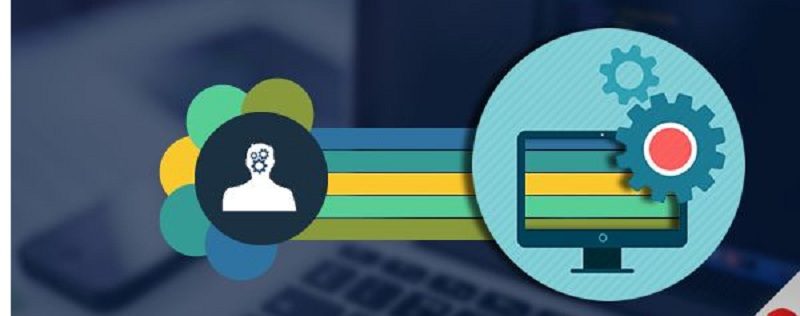To make the most of agile management processes, you and your team need to be using the best-in-class agile software development tools. The days of static spreadsheets and email communication are long gone.
As you know agile is all about being flexible, responsive, effective, and time-efficient. It’s these exact same qualities that you want in your agile software tools. There should be zero struggle when it comes to your agile software tools – the easier, the simpler, the more dynamic, the smarter – the better.
To choose the right software for your team and organization, you need to have a solid understanding of agile – the terminology, the roles, and the underlying processes. Because every company does agile differently, there is no definitive list to the best agile software tools – instead we want you to know what to look for and why.
Agile: The Language, The Roles, The Process
At first glance, agile can appear overwhelming. There is new terminology to learn, new management and teamwork processes, and new team member roles. The good news, agile is more complicated than it looks.
We’ve put together a list of key definitions that you need to understand when evaluating agile software tools:
- Backlog. The stories in the queue that need to be completed.
- Burndown chart. A graphical representation of the remaining work to be done versus the amount of time available to get the work done.
- Epic. A large story that is broken down into smaller stories.
- Iteration. The time period in which the team is working on a defined set of stories. Generally, one to four weeks long.
- Product owner. Works with customers to define wants and needs. Communicates these feature needs to the agile team. This person is the link between the customer and agile team. This person also writes stories, helps to define acceptance criteria, and manages the backlog.
- Project manager. Responsible for balancing scope, cost, and schedules. This person keeps the team engaged and motivated.
- Scrum. A popular agile framework, that uses short iterations or sprints. There are three key roles within a scrum: product owner, scrum master, and scrum team.
- Scrum master. This person is responsible for managing the daily standup meeting and managing progress. The scrum master is key in making sure there are no barriers in stopping teams from getting their work done. The focus for the scrum master is on the team – not the project.
- Standup. This is the daily meeting used to communicate team progress.
- Task board. The board or location where the tasks or stories are tracked and monitored. A task board should display who is working on the task, the status of the task, and the work remaining.
- Technical debt. Used to express the cumulative effects of cutting corners during the development process.
This is not a complete list of terminology and processes but it encapsulates the key knowledge you need when it comes to evaluating and using agile software tools.
Evaluating Agile Software Tools
When reviewing and testing agile software tools, it’s important that you keep-in-mind the bullets listed above. Use these as your guide when evaluating software tool feature lists and capabilities. If you’re not seeing similar terminology, roles, and processes in the software spec sheets and feature lists – move on.
Your agile software tools should be give you:
- Repository capabilities. This is one of the basic requirements of agile software. You use the repository to track stories and defects. All team members should have access to this repository.
- Project tracking. Along with being able to track projects, you likely want the option to rank different projects. Having easy visibility into this is key to resource and deliverable planning.
- Release tracking. Make sure you can track your release schedules and keep these aligned with customer demands. See all the dependencies involved with the release and have the information you need to adjust story priority and iteration focus.
- Sprint insight. You need to quickly see what is and isn’t happening in your sprints. Make it easy for team members to update the sprint with their progress, barriers, and expectations for each story.
- Testing support. Acceptance test cases and your quality assurance team are integral to the success of your agile development process. The software you choose should make it easy for QA and the product owner to define acceptance criteria, test cases, and testing progress.
- Easy integration. If you’re using a communication tool such as Slack or bug-tracking software such as Jira – it’s ideal that such tools can integrate with your agile software tool.
As an extra bonus, we urge you to choose agile software that is easy-to-use, requires minimal training, works with your remote employees, and has top-notch customer support.
Remember, you’ve decided to move to an agile management process because it makes your business processes better, smarter, easier, more flexible, and responsive – you should be getting the same from your agile software development tools.
